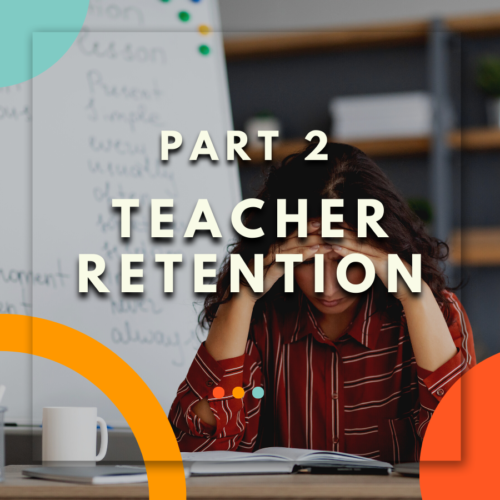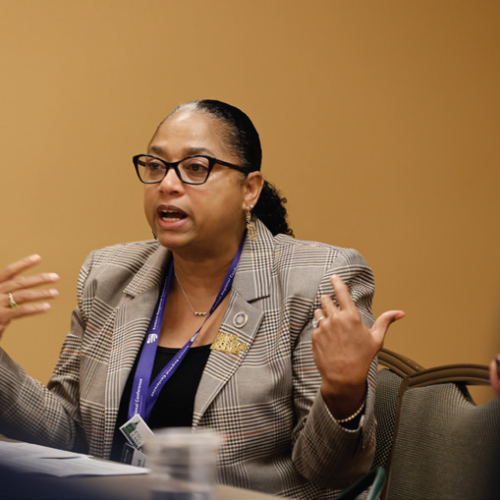Senate HELP Committee passes No Child Left Behind rewrite, returns more control to the states and reaffirms commitment to supporting underserved students
The Senate Committee on Health, Education, Labor and Pensions passed its draft of the Elementary and Secondary Education Act (“No Child Left Behind” or NCLB) reauthorization as the “Every Child Achieves Act” unanimously on Thursday. Like the House’s version, “Student Success Act” (passed earlier this year by the House Committee on Education and Workforce Development, the Senate’s draft emphasizes a return of some state control for some of the programs NCLB required. Specifically, the bill scales back some of the original federal control and oversight by:
Providing state flexibility
States no longer have to meet the federal threshold in determining the weight of annual assessments in their accountability systems. Although states will still be required to administer the same required assessments under NCLB (annual reading and math tests for grades 3-8, one reading and math test in high school, and three science tests delivered during the K-12 system), states can now determine how to use the data from these assessments for accountability purposes. States will also have the opportunity to pilot innovative assessment systems in their districts that can be scaled up at a later date.
- States no longer have to develop teacher evaluation systems, though they may choose to do so. States may also choose to define the term “highly qualified teacher” as they see fit.
- States will have more flexibility in meeting maintenance of effort requirements
- States may allocate Title I, Title II (supports for teachers and school leaders) and Title III (supports for English Language Learners) to early childhood education efforts.
- Rural schools will have additional flexibility under the two programs that supply flexible funding: Small, Rural School Achievement Program (SRSA), and the Rural and Low-Income School (RLIS) program. In contrast to the current law, dual-eligible districts may choose which program to pursue.
Placing restrictions on federal requirements and oversight
- The federal government may not impose additional requirements on states seeking waivers. Prohibits federal government from imposing additional requirements on states seeking waivers.
- Although the accountability systems must meet federal parameters, the systems will be entirely state-designed. The federal government may not determine, approve, or incentivize state standards, including the Common Core.
- The federal government may not mandate, prescribe, or prescribe the specific steps in a state or school district’s school improvement intervention or plan.
- The secretary of education must approve state plans within 90 days of submission unless they can provide substantial evidence that the plan does not meet the bill’s requirements. States that do not receive approval have the right to an opportunity for a hearing and may resubmit a plan for review.
- This bill prohibits the secretary from mandating additional requirements for states or school districts seeking waivers from federal law. The bill also limits the secretary’s authority to disapprove a waiver request.
Offering additional resources to states
- States may receive federal grants aimed at supporting low-performing schools that are identified by state accountability systems as needing improvement and intervention.
- States will have access to resources to support educators and administrators, including induction programs, ongoing professional development, and recruitment strategies.
- States can participate in three grant competitions (created through the combination of two previously existing programs): High-Quality Charter Schools, Facilities Financing Assistance, and Replication and Expansion. These grants will allow states to create new charter schools, develop the facilities (including teacher preparation) of existing charter schools, or scale up high-quality charter schools, respectively. States will also have access to a grant program that facilitates the expansion of evidence-based magnet school programs.
At the same time, the bill maintains the requirements and resources that support students with difficulty accessing or engaging in meaningful education program. Districts must have adequate time and training to enroll and serve homeless students, for instance, and ensure that they have the necessary services and support in place to provide a stable educational environment. Schools and districts will also have stronger incentives to improve the outcomes of English language learners, and states will have access to formula and competitive grants directed toward Native American and Alaskan students.
Unlike the House bill, the Every Child Achieves Act is a consciously bipartisan effort. However, in order to ensure the committee could pass the bill unanimously, sponsors of a few amendments addressing divisive issues — including protection for LGBTA students and the exemption of disability-specific schools from mandatory charter school lotteries — withdrew them from consideration by the committee with the intention of raising the issues on the floor of the Senate.
For a summary of the Every Child Achieves Act, click here. For the full text, click here.
For a fact sheet on the House’s Student Success Act, click here.




